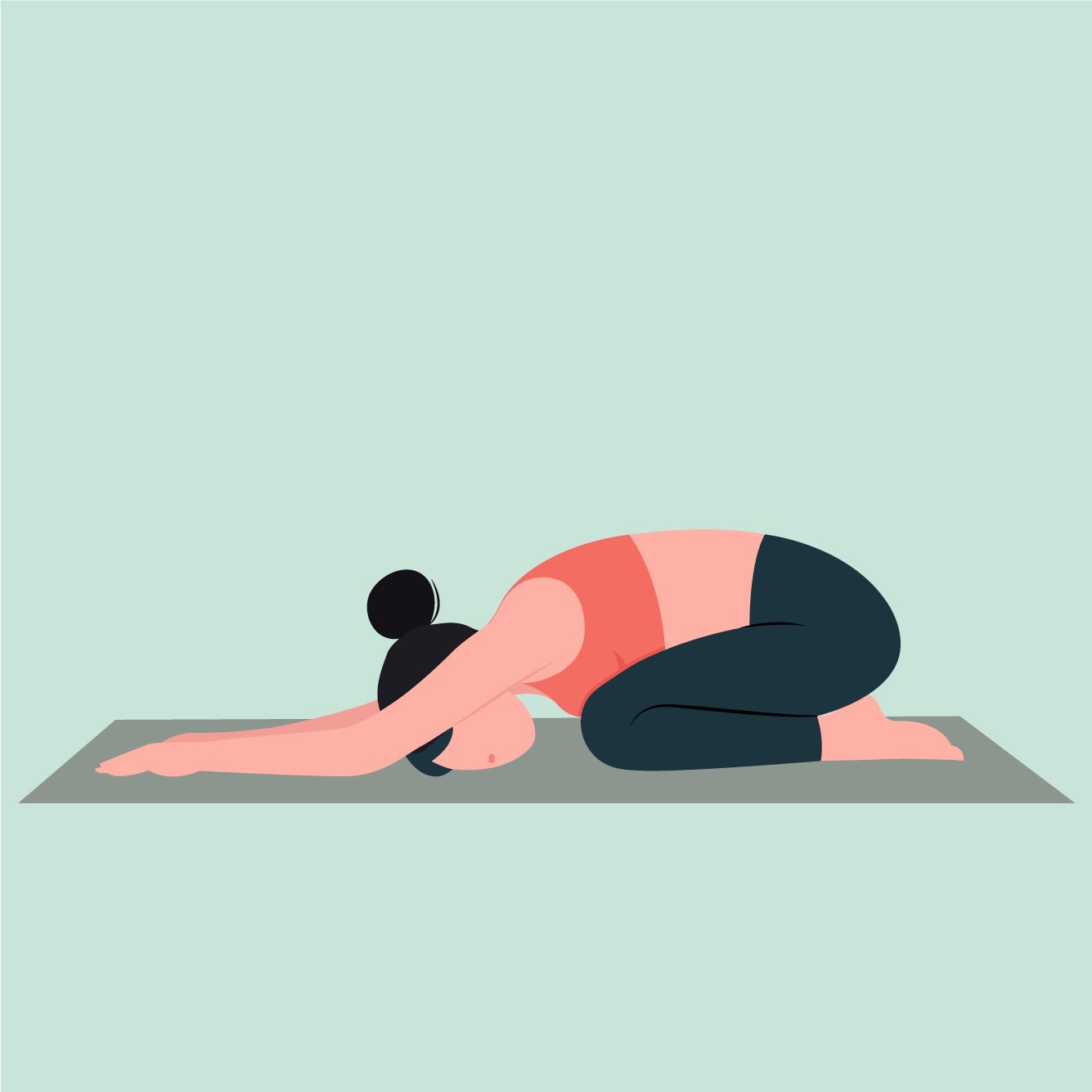The Healing Power of Creatine: What Active Moms Need to Know
DISCLAIMER: BEFORE TAKING ANY NEW SUPPLEMENTS, YOU MUST CONSULT YOUR PHYSICIAN FIRST!!!
Whether you're recovering from childbirth, a C-section, or simply rebuilding strength postpartum, your body is doing the demanding work of healing. While protein and hydration often get the spotlight, there's one powerhouse, popular supplement that MIGHT be a game changer—creatine.
Traditionally popular among bodybuilders and athletes, creatine is emerging as a vital recovery aid for injury, illness, and yes—even postpartum healing.
What is Creatine, Exactly?
Creatine is a naturally occurring compound found in your muscles and brain. It helps your cells produce energy (ATP)—especially during high-demand activities like lifting weights or recovering from physical stress, like childbirth.
While your body makes some creatine on its own and gets more from food (mainly red meat and fish), supplementation can elevate your levels to support healing and performance.
Creatine’s Role in Healing and Recovery
🧠 1. Supports Brain Health After Stress
Postpartum recovery isn't just physical—your brain is also healing from hormonal shifts, sleep deprivation, and emotional stress. Creatine has been shown to support cognitive recovery and reduce mental fatigue.
Research says: A 2021 review in Nutrients noted creatine's neuroprotective effects during periods of metabolic stress, including traumatic brain injury and sleep loss (1). This could benefit moms experiencing “mom brain” or postpartum fatigue.
💪 2. Speeds Muscle Recovery and Reduces Inflammation
Pregnancy and delivery place stress on your musculoskeletal system, especially if you've had a C-section or tearing. Creatine has anti-inflammatory properties and supports muscle repair and regeneration.
Research says: A 2017 study in Amino Acids found that creatine supplementation reduced markers of muscle damage and inflammation after intense exercise (2)—suggesting it can aid tissue healing.
🧬 3. Improves Energy Availability for Tissue Repair
Recovering tissues need ATP (energy) to regenerate. Creatine helps your cells rapidly replenish ATP, fueling the cellular processes that underlie healing.
Research says: A 2019 paper in Frontiers in Physiology described creatine as a key player in cellular bioenergetics, critical in periods of recovery, stress, or injury (3).
🩹 4. May Improve Wound Healing
Emerging studies suggest creatine may help improve collagen synthesis and skin repair—especially important for anyone recovering from surgical incisions (like a C-section) or perineal trauma.
Research says: Animal studies show creatine supplementation increases fibroblast activity and collagen deposition, both vital for wound healing (4).
Is Creatine Safe for Women Postpartum?
Likely—for most healthy postpartum women, creatine monohydrate is considered safe when used at recommended doses (3–5g daily).
However, if you are breastfeeding, you should always consult your OB-GYN or pediatrician before starting any supplement. There is not enough sufficient research to prove that creatine is 100% safe for everyone breastfeeding, and although there
There are no high-quality human studies showing that creatine is unsafe for breastfeeding mothers or infants, but there is also a lack of direct research confirming safety during lactation.
Creatine is a naturally occurring substance found in breastmilk
Excessive amounts of creatine can put strain on the kidneys
Because we do not know how much creatine passes through to breastmilk, we do not know if it is a safe amount for breastfeeding infants to consume.
Quote from ISSN (2021): “While creatine appears to be safe in general populations, more research is needed in pregnant and lactating women to make specific recommendations.”— Nutrients, 2021
Bottom Line
As with any supplementation, you MUST consult your physician before using. There are many potential upsides to creatine in the postpartum population, but as with most research in pregnancy and postpartum, we do not know for sure. This post is not here to convince you to take creatine, but rather to spark interest in it and the possible benefits.
If you and your physician decide taking creatine is safe for you, what and where you get your supplements matters, because supplements are not FDA-regulated; it is essential to ensure you are getting the cleanest, third-party-tested supplements.
Creatine isn’t just for bodybuilders—it’s a scientifically backed supplement that accelerates recovery, supports your brain, and helps rebuild your body from the inside out. And while it is one of the best research-backed supplements in the industry, we just can’t say how it affects those who are breastfeeding and their baby.
For active moms committed to healing well and returning to strength safely, creatine might be the secret weapon hiding in plain sight, but we need more research to know for sure.
References
Kreider RB, et al. (2021). Nutrients. “International Society of Sports Nutrition Position Stand: Safety and Efficacy of Creatine Supplementation.” https://doi.org/10.3390/nu13041186
Cooke MB, et al. (2017). Amino Acids. "Creatine supplementation enhances muscle force recovery after eccentrically-induced muscle damage in healthy individuals."
Brosnan ME, et al. (2019). Frontiers in Physiology. "Creatine: Endogenous Metabolite, Dietary, and Therapeutic Supplement."
Ostojic SM, et al. (2014). Journal of Cosmetic Dermatology. "Creatine supplementation improves skin structure and function in aged women."
Candow DG, et al. (2021). Nutrients. "The Effects of Creatine Supplementation during Pregnancy and Postpartum in Female Athletes: A Review."
Other Posts You Might Like
















